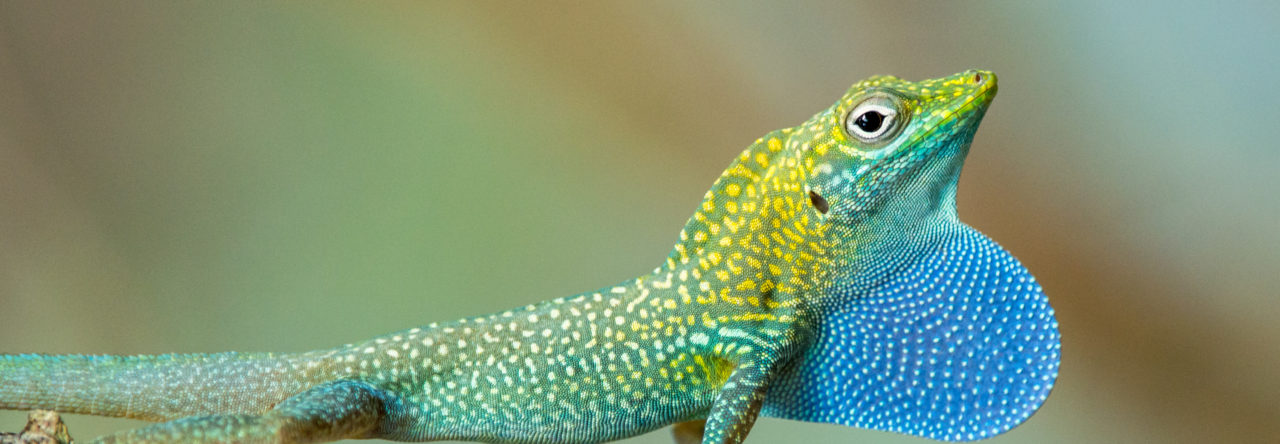
Over at The Lizard lab, Martin Whiting discusses a recent paper published in Biological Conservation on the conservation status of reptiles. Basically, a cast of thousands assessed a random sample of 16% of the world’s reptile species, categorizing them into the IUCN’s categories of conservation concern, which range from “least concerned” to “critically endangered” and, of course, “extinct.”
Martin nicely summarizes the paper in his post, but I’ll reprint his conclusion summary paragraph here: “59% of species were Least Concern, 5% were Near Threatened, 15% Threatened (Vulnerable, Endangered or Critically Endangered) and 21% were Data Deficient. To put this another way, one in five species are threatened with extinction and another one in five are data deficient. The paper identifies freshwater habitats, oceanic islands and tropical regions as containing the highest proportion of threatened species. Habitat loss and direct harvesting are two key threats to reptile populations and these are depicted in Figure 3 from the paper” (above).
Of course, from the AA perspective, the question is: what about anoles? The results were, to me at least, surprising. Of the 65 species surveyed, 29.3% were in one the three threatened categories, nearly twice as many as the global average! I would have guessed the opposite–most anoles seem to being doing reasonably well. But, then I rationalized, it must be the mainland anoles, because Caribbean anoles are generally doing fine. Again wrong! 11/28 (39%) Caribbean anoles are in these categories (including the only two “critically endangered species, A. juangundlachi (known from one specimen, if I recall correctly) and A. roosevelti), compared to 8/37 (22%) for mainland species. One non-surprise is that all 10 “data deficient” species are from the mainland; however, even when they are removed, the percentage threatened in the mainland (30%) is still less than in the Caribbean. At least for the Caribbean species, the biggest predictor seems to be range size, as all threatened species either have small distributions or occur on small islands. I am less familiar with some of the mainland species, but think the same may be true for those. I’ll append the list below.
One last note: the paper truly has an extraordinary number of authors who contributed to this massive compilation. One amusing consequence is that the list of authors’ affiliations at the start of the paper is three pages long!
- Evolution in Real Time on Lizard Island - March 23, 2025
- Spider Snags Adult Anolis osa - March 22, 2025
- An Homage to the Green Anoles of New Orleans - March 21, 2025



Leave a Reply